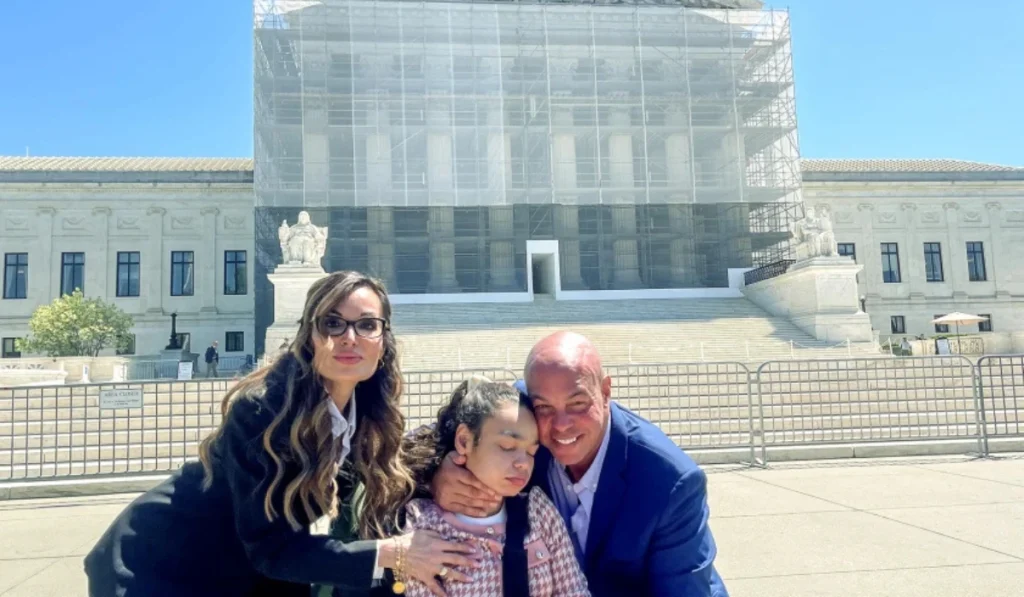The recent analysis of the New York State Fiscal Year (SFY) 2025-26 Enacted Budget by State Comptroller Thomas P. DiNapoli serves as a critical wake-up call. While the budget boasts a projected total of $254 billion, a 5.2% increase in spending from $241.5 billion, a deeper dive reveals significant vulnerabilities, primarily stemming from a rapidly shifting federal landscape. New York State stands at a precarious crossroads, where decisions made in Washington could have profound implications for everyday New Yorkers.
“The stakes are high for New York if the cuts being discussed in Washington occur,” Comptroller DiNapoli warned. “The State needs to do what it can to stabilize finances, build reserve funds, focus on efficient service delivery and develop a strategy for how to contend with federal changes. The final budget had some measures built in to help navigate this uncertainty, but the State needs to do what it can to prepare in a transparent manner before our options are even more limited.”
As a state that leans heavily on federal support, with federal receipts making up 38.8% of the SFY 2024-25 budget, any tremor from D.C. reverberates throughout our communities.
The most immediate and concerning challenge lies in the already-implemented and potential federal funding reductions. Comptroller DiNapoli’s report highlights that as of April 29, prior to the budget’s adoption, $1.3 billion in federal cuts had already impacted state programs. This figure doesn’t account for the separate actions affecting our vital local governments, universities, and non-profits. Imagine the ripple effect: $325 million less in resiliency funding, a crucial blow as our climate continues to demand adaptation; $79 million slashed from SUNY research grants, directly impacting the innovation and educational opportunities that fuel our future workforce; and $24 million less for food banks and farmers, leaving our most vulnerable communities at even greater risk.
Beyond these initial blows, the cloud of a proposed “Big Beautiful Bill” hangs heavy. The New York Department of Health (DOH) estimates that these federal changes could result in a staggering $10.1 billion in lost federal funding and an additional $3.3 billion in new state-funded Medicaid costs. New York prides itself on having one of the nation’s lowest uninsured rates, at 4.8% in 2023, according to the U.S. Census Bureau. If DOH’s projections hold true, the number of uninsured New Yorkers could skyrocket by over 150%, vaulting from approximately 938,000 to a devastating 2.4 million. This would become a human crisis, directly impacting access to healthcare, preventive services, and overall well-being for countless families.
Moreover, the proposed federal changes threaten to increase state costs and reduce eligibility for the Supplemental Nutrition Assistance Program (SNAP), a lifeline for many families struggling with food insecurity. Funding for clean energy transition and climate and resiliency programs is also on the chopping block, undermining New York’s progress in combating climate change and protecting its diverse ecosystems.
New York’s budget faces internal pressures as well. The two titans of state spending, School Aid and Medicaid, are the primary drivers of projected increases. School Aid is set at $37.4 billion, marking a 4.9% increase over the previous year. Medicaid appropriations are even more substantial, reaching $109.6 billion, a 7.6% jump from the prior year. While investing in education and healthcare is paramount, these significant growth trends, especially in State Operating Funds (which have grown 4.6% annually on average over the past five years), raise questions about long-term sustainability without corresponding revenue growth.
Economic uncertainties like accelerated inflation, potentially triggered by tariffs, could further impact state sales tax collections. A continued decline in tourism, beyond what we’re currently witnessing, would hit New York especially hard. The loss of 11,200 jobs in this sector since the beginning of the year is a reminder of this vulnerability.
There is a silver lining for New York employers, however. The budget includes authorization to transfer up to $8 billion from the General Fund to repay the State’s outstanding advance with the federal Unemployment Trust Fund (unemployment insurance). If fully executed, this move could decrease the effective federal unemployment insurance tax rate for New York employers from 1.5% in 2024 to an effective federal tax rate of 0.6% in 2025. This relief, coupled with the potential for increased benefits for workers whose benefits have stagnated since 2019, offers a much-needed breath for businesses and their employees.
Comptroller DiNapoli emphasizes the urgent need for a clear strategy. While the Enacted Budget does include language authorizing the Director of the Division of the Budget to withhold appropriated funding if quarterly financial plan updates show an imbalance of $2 billion or more, this is a reactive measure. New York also boasts nearly $8.8 billion in statutory rainy day reserve funds, a crucial shield against economic shocks. However, simply having reserves isn’t enough; the State needs a proactive approach.
The Comptroller’s recommendations are a blueprint for resilience: continue to build both statutory and informal reserves, focus on efficiency in service delivery by implementing prior audit recommendations, and develop a transparent strategy outlining how the State will respond to these federal cuts.
For New York to navigate the challenging waters ahead, it’s not just about managing the budget; it’s about safeguarding the future of our communities. We must advocate for sound fiscal management that prioritizes the well-being and opportunities of all New Yorkers. The time for transparent preparation and strategic action is now before our options become even more limited.





